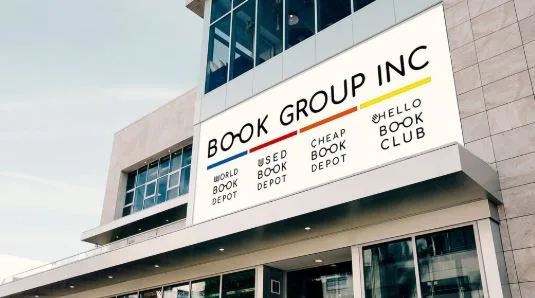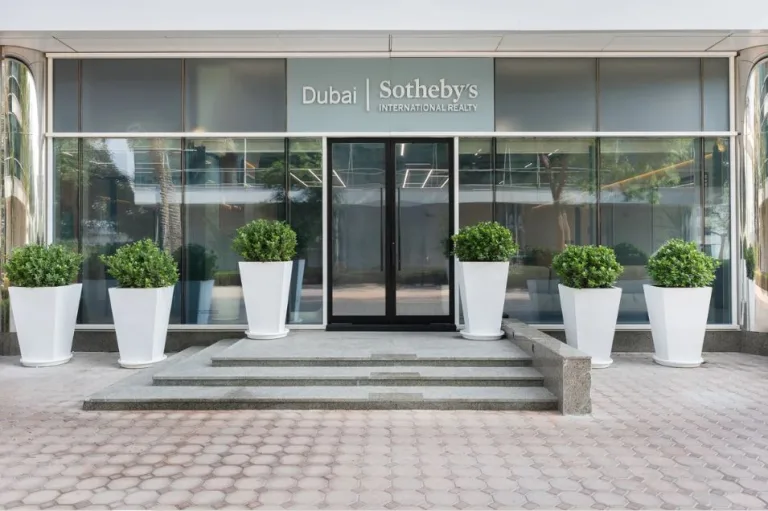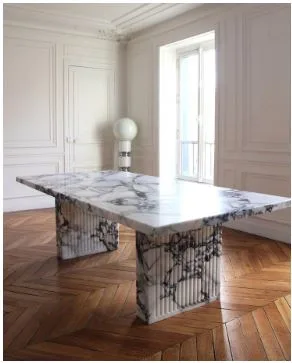Designing Workspaces That Match Today’s Business Mindset
Work culture is changing fast. Traditional office setups no longer match the needs of today’s hybrid teams, remote workers, and agile businesses. Instead of rigid leases and assigned cubicles, professionals are choosing environments that support flexibility, creativity, and growth. Across industries and cities, companies are exploring new ways to bring their teams together, without committing to long-term space or sacrificing employee experience. These shifts have given rise to workspace models that adapt as fast as business does. One standout in this growing trend is Mindspace flexible offices, offering a smart solution for companies that need functionality, style, and room to evolve. As the workplace becomes more fluid, these offices are reshaping how teams connect, focus, and grow. Read on to explore how they fit into the future of work.
Supporting Hybrid Teams with Intentional Design
Workspaces today need to reflect how people work, not just where they sit. That means offering more than just rows of desks. It means creating spaces that serve different purposes depending on the day, the project, or the team.
Flexible offices are built with this in mind. Quiet areas for deep focus, collaborative zones for team sessions, and casual lounges for creative thinking are all part of the layout. This variety lets employees choose the environment that best suits their task.
For hybrid teams, these options are essential. Some may come in twice a week, others more or less frequently. Having a mix of shared desks, reservable rooms, and dedicated spaces ensures everyone feels supported, whether they’re in the office occasionally or full-time.
Flexibility in space helps reduce friction in scheduling and reduces stress around where and how people work. A thoughtfully designed environment can inspire confidence in new hires and help teams feel more connected, even if they’re only together in person a few times a month.
With fewer companies requiring daily in-office attendance, physical workspaces need to earn the commute. Thoughtful design—natural light, comfortable seating, and clear flow—makes those in-person days more productive and enjoyable. Design has become a critical part of workplace strategy, not just interior decoration.
Making Room for Culture and Collaboration
Even in a remote-first world, company culture thrives on human connection. A good office space can spark collaboration without forcing it, encouraging conversations that lead to ideas, partnerships, or team wins.
Flexible office environments support this through common areas that invite interaction, like kitchens, lounges, and shared tables. These aren’t just amenities; they’re spaces where culture happens naturally.
For startups, it’s a way to build energy and alignment. For larger teams, it supports cross-departmental collaboration. For freelancers and small business owners, it’s an opportunity to connect with others facing similar challenges and opportunities.
Shared experiences, like morning coffee chats, group brainstorming sessions, or Friday happy hours, build a sense of belonging. These casual connections become the foundation for strong workplace relationships. And that connection contributes directly to retention, morale, and overall engagement.
Culture doesn’t depend on office size or location. It depends on shared space, shared energy, and the ability to be present in a way that feels meaningful. These flexible environments provide exactly that kind of opportunity, every day.
Scaling Without the Stress of Real Estate
One of the most common growing pains for a business is figuring out where and how to expand. Traditional leases make it hard to scale quickly without committing to more space than needed, or worse, not enough.
Flexible office setups solve this by offering modular solutions. Start with a few desks. Add a private office. Scale to a suite of rooms as the team grows. It’s space on demand, without the long-term commitment.
This model is perfect for fast-growing startups, project-based teams, and companies entering new markets. It’s also ideal for businesses navigating uncertain growth periods, where flexibility is more valuable than fixed real estate.
The cost model is simple, too. Most flexible offices offer transparent monthly rates that include everything: Wi-Fi, cleaning, utilities, meeting rooms, and even perks like coffee and printing. That makes budgeting easier and avoids hidden fees or vendor contracts.
With access to fully furnished and tech-equipped workspaces, companies save on setup and maintenance. This means less time coordinating logistics—and more time focusing on the work that matters.
Scaling up or down becomes a matter of one conversation, not a months-long planning cycle. It keeps operations lean and agile, without compromising on space or experience.
Prioritizing Employee Wellbeing and Focus
A space designed for productivity looks and feels different. It’s not just about what’s in the room—it’s about how the room supports the person in it. Today’s professionals need environments that make it easier to concentrate, collaborate, and stay energized throughout the day.
Flexible offices take this seriously. Ergonomic furniture, noise-reducing materials, soft lighting, and well-placed greenery help create a calm, productive atmosphere. Phone booths and quiet rooms support focused work. On-site kitchens and lounges offer space to reset.
Some spaces go even further with wellness features like yoga rooms, filtered air, and mental health support. These aren’t perks—they’re practical components of a better workday.
When people feel comfortable in their surroundings, they show up more fully. They produce better work, take fewer sick days, and experience less burnout. A workspace that values wellbeing doesn’t just improve daily performance—it contributes to long-term success for individuals and companies alike.
By investing in comfort, businesses also invest in performance. Employees are more likely to be engaged, less likely to burn out, and more motivated to do great work in a space that’s built for them, not just around them.
Maximizing Location and Convenience
The benefits of a well-designed workspace go beyond its walls. Location matters—both for the team using it and the clients or partners they interact with. Many flexible office locations are chosen for walkability, transit access, and proximity to local dining or services.
For businesses, this creates an instant presence in high-value neighborhoods. There’s no need to scout and renovate office space from scratch. It’s a plug-and-play setup that offers both convenience and credibility.
Meeting rooms can be booked for client sessions, team offsites, or interviews. Shared lounges can double as event spaces. And being in a central location makes it easy to build community, both within and outside the organization.
The presence of nearby amenities—like gyms, cafés, retail shops, or coworking neighbors—also improves the day-to-day experience. A lunch break becomes more than just a meal; it becomes part of the lifestyle that surrounds the workday.
From a talent perspective, accessibility can be a deciding factor. Employees want to spend less time commuting and more time doing meaningful work. When the office is easy to get to and enjoyable to be in, it becomes an asset, not an obligation.
Whether you’re meeting with investors, hosting clients, or collaborating with your team, location plays a role in how your business is perceived and how your people feel.
Flexible workspaces are more than a response to changing trends—they’re a practical solution to modern business needs. As professionals seek spaces that align with their workflows, priorities, and goals, these environments offer the tools, atmosphere, and adaptability to keep work moving forward.





